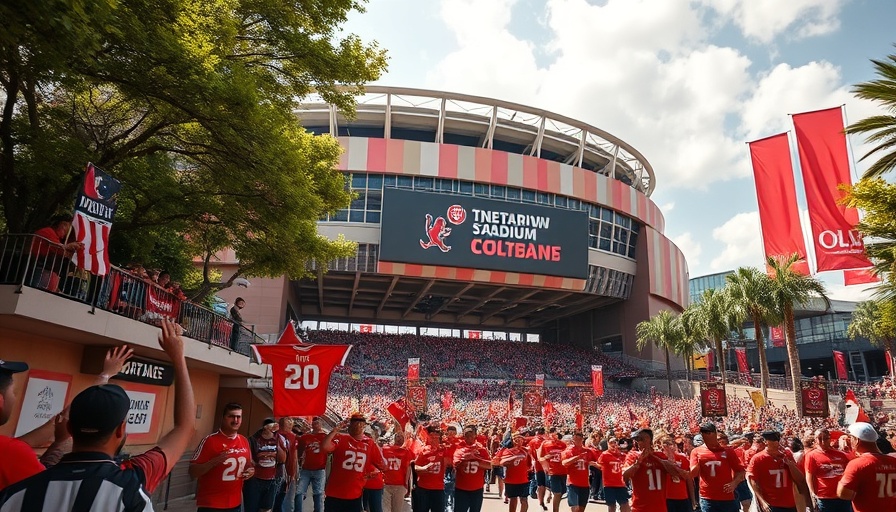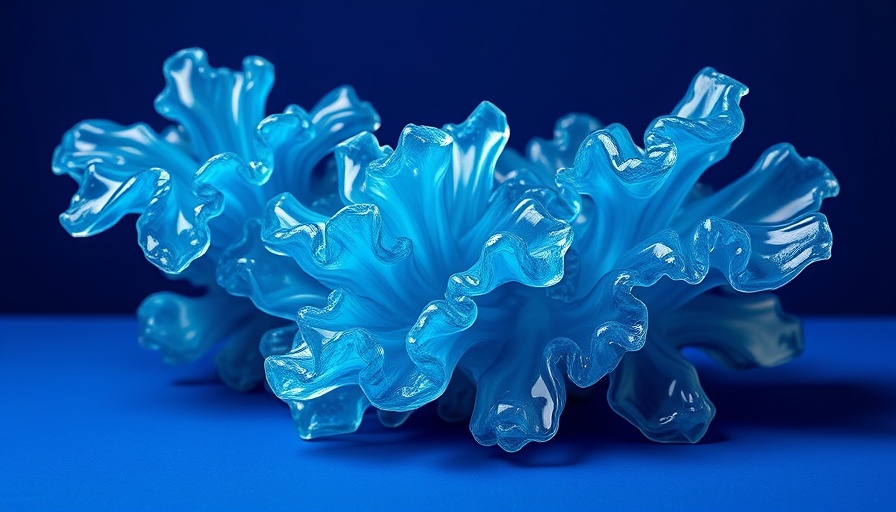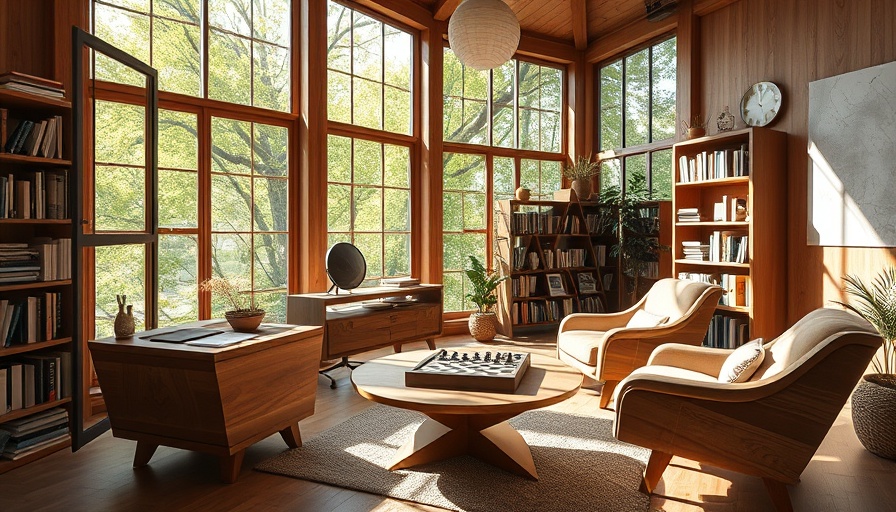
Redefining Workspace Designs: The Liga Portugal HQ
The design of the Liga Portugal headquarters and the adjacent football museum by OODA introduces a fresh approach to modern workspaces, incorporating unique architectural features that enhance both aesthetics and functionality. This innovation aligns seamlessly with ergonomic principles that prioritize well-being in the workplace. By adopting a honeycomb-patterned facade, the building not only captures attention but also encourages natural light—an essential element for creating comfortable and productive environments.
The Importance of Ergonomics in Workspace Design
Understanding ergonomics is crucial for any workspace design. Ergonomics refers to creating environments that suit the physical and cognitive needs of users. As digital nomads and remote workers, the workspace is often wherever we choose it to be, but ergonomics still plays a vital role. OODA’s commitment to appealing aesthetics while enhancing functionality serves as a reminder that the visual appearance of a workspace can greatly affect the user experience—improving mood, productivity, and overall health.
Natural Light: Enhancing Comfort and Productivity
One of the standout features of OODA’s design is its use of natural light, facilitated by the honeycomb facade. Natural light has been shown to improve mood and productivity, making it easier for remote workers to concentrate on tasks. In a study conducted by the Center for Active Design, environments filled with ample daylight were linked to a 2% increase in productivity. For digital nomads, creating a workspace that maximizes natural light can significantly influence working efficiency and comfort.
Creating an Efficient Workspace: Lessons from Liga Portugal
The Liga Portugal headquarters serves as an inspiration for remote workers looking to craft their ideal workspace. Here are some actionable insights drawn from the architectural design:
- Incorporate natural elements: Like the Liga's facade, include plants and natural light in your workspace for a healthier atmosphere.
- Focus on versatile furniture: Ergonomic chairs and adjustable desks allow for movement and comfort as you work remotely.
- Optimize your environment: Consider the layout and flow of your workspace, allowing for creativity and focus.
Embracing Local Culture in Workspace Design
Moreover, the Liga Portugal HQ integrates local culture and football heritage into its architectural narrative. For digital nomads operating in various cultural contexts, embedding local elements into workspace design can enhance inspiration. Whether it’s through art, local materials, or community-inspired layouts, this consideration fosters a connection to the environment and promotes a sense of belonging. As remote workers, feeling connected can significantly boost motivation.
Future Predictions: The Evolution of Workspace Design
As we look to the future, it’s clear that the trend in workspace design is leaning towards more thoughtful, user-centric environments. With technological advancements, we can expect to see even greater integration between design and technology, creating workspaces that are not just functional but also reflect individual preferences and lifestyles. Digital nomads may find that their workspaces evolve to include features such as adjustable climates, intelligent lighting, and even wellness zones—all inspired by principles evident in OODA’s design.
Ultimately, the Liga Portugal HQ offers valuable lessons in workspace ergonomics, bridging aesthetics and functionality. For digital nomads and remote workers, rethinking their workspaces using these insights can herald a new era of productivity and comfort, transforming wherever they work into a sanctuary of efficiency and creativity.
As you contemplate your workspace setup, consider adopting these principles and seeking inspiration from innovative designs like the Liga Portugal headquarters. For a productive and comfortable remote work experience, it’s crucial to create a space that works for you. How are you setting up your remote workspace?
 Add Row
Add Row  Add
Add 




Write A Comment